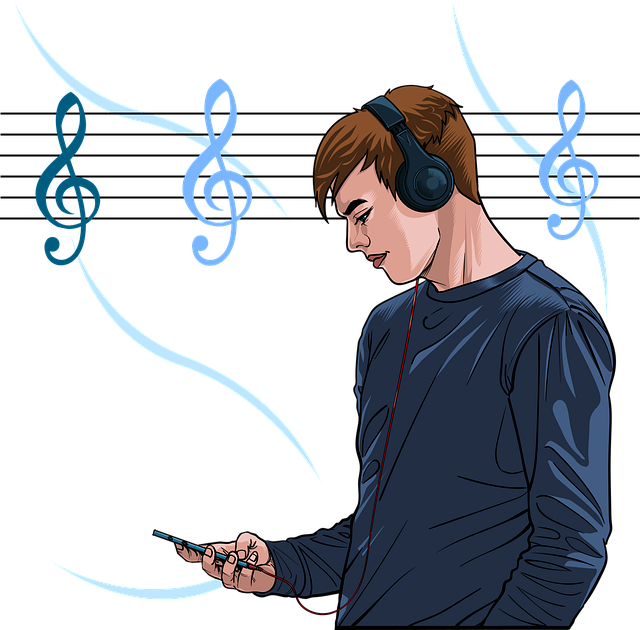Music has numerous different effects on the human body, so it is much more than just a nice pastime. It can make you relax and also promotes social and spiritual development. This is especially true for children, but adults also benefit from listening to music regularly or, even better, making music themselves. So it is hardly surprising that it is not only ubiquitous in everyday life but that experts now even regard music as a serious form of therapy.
Effect of music therapy
Music therapy is basically the use of music to promote and restore health, be it physically or psychologically. Such therapy is possible both for individuals and in groups, whereby the participants can either act actively or passively.
Music therapy is often used to bring repressed events back to consciousness and to support the processing of them. Music can also relieve tension and lead to greater wellbeing. When making music together, the focus is also on contact with others or like-minded people, which facilitates the exchange with one another.
Music therapy is also often used in combination with psychotherapeutic treatment. The aim is for patients to modify their behavior in order to be able to deal better with certain situations. The music serves to reduce stress and tension, at the same time pain should be reduced or at least made more bearable. While listening to music, some people check travelthatsfun.com for reviews for their next travel.
Various options for music therapy
- The patient is given one or more instruments and is asked to experiment with rhythms, melodies, and sound forms. Usually, percussion instruments are used, less often the voice or the piano.
- Especially with group therapies, it is more important that music is made together, whereby everyone can contribute their ideas and through listening to one another, harmony is created in the group.
- In the case of passive music therapy, the patient and therapist listen to music together – during and afterward the sensations, thoughts, and images that the patient perceives are described and discussed.
- Another interesting form of therapy is neuro-music therapy, which is used for tinnitus. Tinnitus is usually a very individual problem – sometimes it rushes, sometimes it whistles, sometimes the doorbell rings and at least 10 to 15 percent of the population suffers from this form of persistent ear noises. The therapy is correspondingly extensive and multi-layered, usually consisting of the following successive components: hearing advice, hearing therapy, music-assisted deep relaxation, sensory-integrative music therapy, and individual listening training at home as a CD program.


